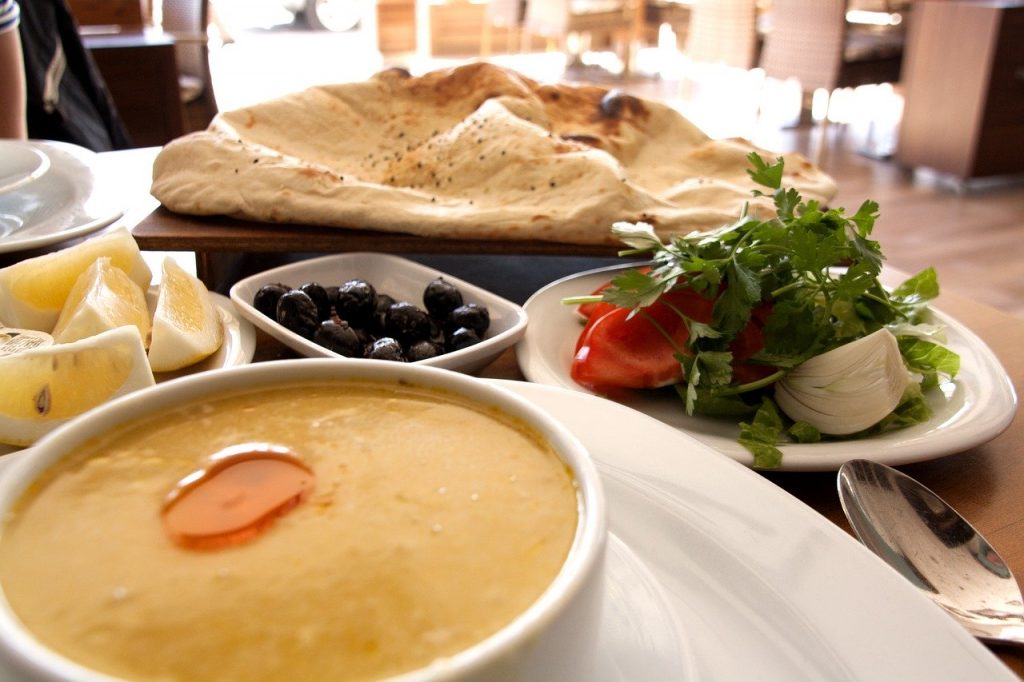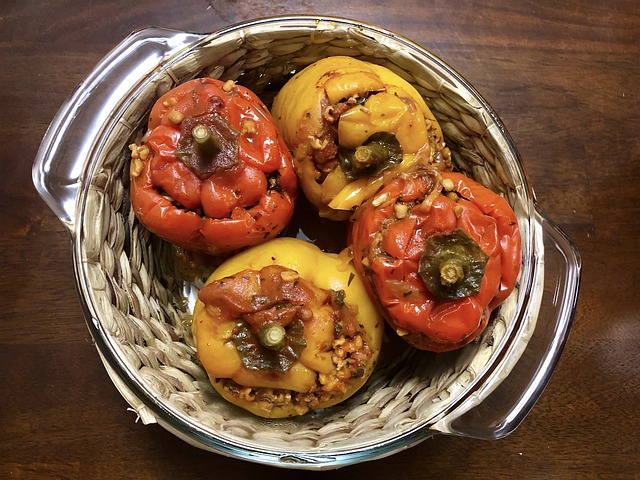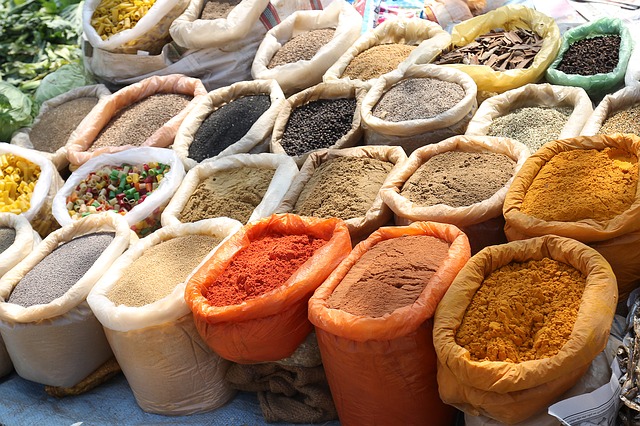South Asians love spice in everything – life, movies and of course, food. South Asian food is truly so spectacular; the complexity of flavors, the way each note stands out but doesn’t take over the spotlight entirely, the way your tongue feels like a theatre stage, catering so many different hints of flavors. There’s really no such thing as bad food when it comes to South Asia. The only downside is that your taste buds get so used to the intricate flavors that adjusting to any other cuisine can be a nightmare of sorts.
So imagine me, a born and bred South Asian, leaving my country and all its spices to go live in Istanbul, Turkey for the next four years, completely oblivious to what my taste buds were about to go through. At first, like all excited freshmen, I ate the local Turkish food provided by my university dormitory with minimal complaints. But as I started to come back to earth, I heard my taste buds protesting over the lack of spices in the food I had been eating. When the protest got loud enough, I had to take action. And so after stocking up on Sriracha and literally smuggling 15 pouches of chili garlic sauce in my suitcase from home, I now consider myself an authority on how to eat in Istanbul if you’re from South Asia (or if you just like spices). So today I’m here to tell you all that it gets better and you’ll be fine, both you and your taste buds will survive. Here are some ways to add some spice in your life.

1. Mercimek çorba is basically daal
Daal is the Urdu word for lentils, it’s cooked as a sort of spicy seasoned soup, and eaten with rice or flatbread (roti). It’s a widely popular comfort food that most families in the region like to enjoy every other week. Something I realized during my second semester of eating dorm food was how similar the Turkish mercimek çorba was to the South Asian daal. In almost every Turkish dorm, cafeteria or small local lokantas, they serve plain boiled rice. So for Sundays when you’re craving daal chawal (lentils and rice), just go to your local lokanta, get a plate of plain rice, a bowl of mercimek çorba on the side, eat those together and you’ll forget you’re not actually with your family in Lahore enjoying daal chawal.
2. Kuru fasulye is a life saver
We have pretty much established that most Turkish food lacks the typical South Asian kick of heat, however, there’s still a few dishes from their cuisine that have flavors close to our regional flavors. Of course it’s not going to be on the same level as biryani, but it is close. Allow me to introduce you to one of my personal favorites, a comfort food for cold winter Istanbul nights, kuru fasulye; a stewed bean dish made with white beans and tomato paste. The tomatoes in this dish bring that familiar desi food feel that remind you of chicken karahi or achari aalo. You can eat it with boiled rice, and a nice chopped salad, and there you go, you have the perfect comfort food. And the best part about this one is that you can find ready-to-eat kuru fasulye in cans at every supermarket. So if you stock up on a few of those cans, you can have desi food without you even have to leave your house!

3. Dolma Biber the Beautiful.
Another Turkish meal I think is worth mentioning is dolma biber. These are basically stuffed peppers filled with meat, cheese and tomato sauce. Not only are they extremely healthy (only 140cal) they also taste great and flavorful. They also make a nice snack for days when you don’t want to cook or leave your house because almost every Turkish lokanta makes these, so they’re very easy to find or get delivered to your house.
4. Bazlama; the Turkish Naan.
A random food item from back home I miss the most is definitely naan – a type of South Asian oven-baked flatbread. When I went back to Turkey after summer break last year I took with me a few cans of tinned haleem (another South Asian dish made with beef and lentils, that is usually enjoyed with some sort of flatbread) that I planned on eating throughout my semester whenever I felt homesick. One day I came across a bazlama in my neighborhood supermarket. It looked so similar to naan that I had to try it, and so I bought it, and as soon as I got back to my apartment I heated up one of my haleem cans and put the bazlama in the oven. I hadn’t even swallowed my first bite yet when I was already texting my mother telling her about my discovery. My naan craving of four months was fully satisfied. Five stars for bazlamas.

5. Pack your suitcase with as many spices as South Asian food has!
South Asian spices are really hard to find in Turkey; trust me I’ve looked everywhere! So your next best option is to fill your suitcase with any sauces, spices and snacks you think you’ll need when you’re in Turkey. I was able to find tinned versions of my favorite local dishes (haleem, channay and saag), so I packed those, as well as frequently used spices and my one true love – knorr chili garlic sauce (Turkish knorr, you need to start making this!!). Your kitchen pantry should always be filled with spices from home so that instead of reading through an article like this, you can simply cook your favorite desi dish.
So there you have it, these are my tips to surviving in Istanbul with South Asian taste buds. If I knew all this in my first year out here, my homesickness would have been cut short by half and I would have had only four breakdowns in the library instead of 12. Happy eating!
This article was originally published in September, 2020 by contributor Fatima Muzaffar.








